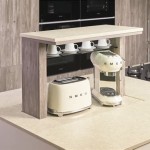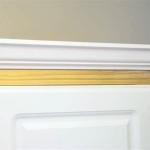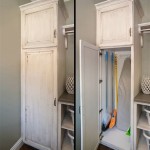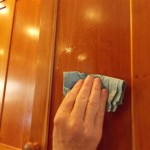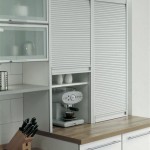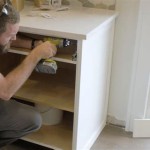Can You Repair Laminate Cabinets?
Laminate cabinets, known for their durability and affordability, can withstand years of use. However, even the most resilient surfaces can succumb to wear and tear. Scratches, dents, and chips can mar the aesthetic appeal of these cabinets. So, can you repair laminate cabinets, or are you destined to replace them entirely? The answer is a resounding yes, with a few caveats. The success of your repairs will depend on the severity of the damage and the type of laminate involved.
Assessing the Damage
The first step is to determine the nature and extent of the damage. Is it a shallow scratch, a deep gouge, or a chipped corner? Knowing the type of damage will guide your repair strategy.
For minor scratches, a simple touch-up with a laminate marker or pen may suffice. Deeper scratches might require sanding and filling before applying a matching laminate patch. For chipped corners, you'll need to remove the damaged piece and replace it with a new one.
Understanding Laminate Types
Laminate cabinets come in various finishes, each with its unique characteristics. The type of laminate will affect the repair process and success rate.
High-pressure laminate (HPL), often used in commercial settings, is known for its high durability and resistance to scratches and abrasions. It's generally more challenging to repair due to its dense surface.
Medium-density fiberboard (MDF) laminate, commonly found in residential kitchens and bathrooms, is more porous and easier to work with. However, it might be more susceptible to water damage if exposed to moisture.
Repairing Laminate Cabinets: Step-by-Step
Once you've assessed the damage and understood the laminate type, you can start the repair process. Here's a breakdown of the steps involved:
1. Cleaning and Preparation
Begin by cleaning the damaged area thoroughly with a mild detergent and water. Allow it to dry completely before proceeding. If you're dealing with a chipped corner, use a utility knife or a small saw to carefully remove the damaged piece.
2. Filling and Sanding
For scratches and dents, you can use a laminate filler or wood filler. Apply a thin layer to the damaged area, smoothing it out with a putty knife. After the filler has dried, sand it down with fine-grit sandpaper until it is flush with the surrounding surface.
3. Applying a Patch
For chipped corners or larger areas of damage, you'll need to use a laminate patch. Measure the damaged area and cut a patch from a matching sheet of laminate. Apply a thin layer of contact adhesive to both the patch and the damaged area. Position the patch carefully and press it firmly into place. Allow the adhesive to dry completely before moving on to the next step.
4. Finishing Touches
Once the filler or patch is in place, you can use a laminate marker or pen to match the color of the surrounding area. For a more seamless finish, apply a clear sealant or varnish over the repaired area. Use a brush or roller to apply a thin, even coat. Allow the sealant to dry completely before using the cabinet.
Remember, patience and meticulousness are key to successful laminate cabinet repair. By carefully following these steps, you can restore your cabinets to their former glory and prolong their lifespan.

How Do I Fix Laminate Cabinets Hometalk

My Laminate Drawers And Doors Are Ling Ing Help Hometalk

How Do You Paint Laminate Kitchen Cupboards When They Re Ling Hometalk

Painting Laminate Kitchen Cabinets Cuckoo4design

Painting Laminate Kitchen Cabinets Cuckoo4design

24b How To Repair Laminate Chips In Vinyl Foil Parts By Mohawk Finishing S Mpg

How To Touch Up Chipped Cabinets With A Paint Pen Exquisitely Unremarkable

How Do I Fix Laminate Cabinets Hometalk

The Easiest Way To Repair Laminate Countertop Chips Exquisitely Unremarkable

How To Repair Ling Veneer On Particle Board Cabinets Handhills
Related Posts

